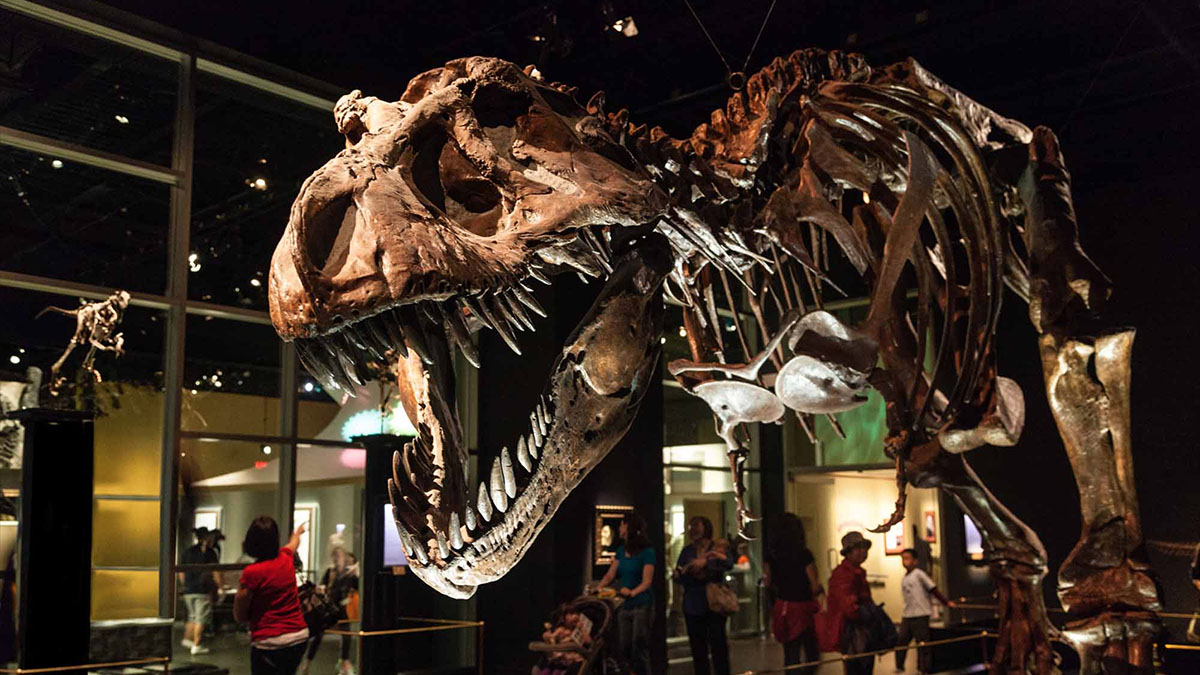the chicxulub impact vs. the deccan traps?

In the 19th century, science held that dinosaurs drowned in the Great Flood. The same science also thought the dinosaurs were giant lizards that looked more like Godzilla than a new and very different kind of reptile we know today. In the late 20th century, scientists seemed to be certain the dinosaurs died after a meteor as big as mount Everest slammed into the Yucatan Peninsula, forming the Chicxulub crater and killing around 65% of all life on Earth in the aftermath. Now it’s possible that in the 21st century, we’ll be talking about a dual theory which involves enormous lava beds in India known as the Deccan Traps and the Chicxulub impact…
Geoscientist Gerta Keller and her colleagues think they have evidence for a 300,000 year gap between the impact and the mass extinction which wiped out the dinosaurs. The sediment layers deposited right before, during and after the Chicxulub impact seem to tell somewhat conflicting stories in different locations. On one site, 52 out of 52 species were present and accounted for in a layer on top of iridium rich sediment indicating a meteor hit. On another, 31 out of 44 seem to be extinct. Eventually though, the fossil record thins out as the K-T mass extinction takes hold. So what happened in those mysterious 300,000 years? Keller thinks it may have something to do with the eruptions of the Deccan Traps and the greenhouse gases they released. That would make the K-T event somewhat similar to the biggest mass extinction of all, the Permian Great Dying, in which nearly all life on the planet vanished due to the runaway volcanism of the Siberian Traps.
But there are a few problems with this idea. The Deccan Traps formed in the right period of time for the theory to be plausible, between 60 and 68 million years. The bulk of the eruptions is thought to have taken place just around the K-T event. However, the actual eruptions might have only lasted 30,000 years, enough to change the planet’s climate for the worse and potentially cause a mass extinction but leaving Keller with a tiny margin of time geologically speaking. In the fuzzy timelines we have for the Chicxulub impact and when we could see the extinction well underway, it’s incredibly difficult to pinpoint the exact correlation between the meteor impact and the eruption of the lava fields.
In addition, establishing when a mass extinction begins is a tricky business, even if such an event is ongoing. Many experts agree that we’re currently living through one right now, the Holocene Event. When did it begin? Sometime after the Ice Age. When will it end and how many species will it kill? We don’t know. Just because all fossils are present and accounted for immediately after an impact in a nearby area, doesn’t mean that the impact had no effect on them. Likewise, the vague estimates for the Deccan activity mean that they may have caused climate change right before the impact and weakened the dinosaur population that was further hit by the Chicxulub event. Also, the Deccan flows could’ve been triggered by the Chicxulub impact since they were in the antipodal point and the shockwave traveling through the Earth would’ve converged to rattle them enough to cause some major activity.
Extinctions are complex events that take a very long time to unfold and when we try to uncover what happened millions of years ago, there are bound to be a lot of questions. The relationship between the Chicxulub event, the Deccan Traps and the K-T extinction which wiped out one of the most unique ecosystems our planet ever had is one of them…





